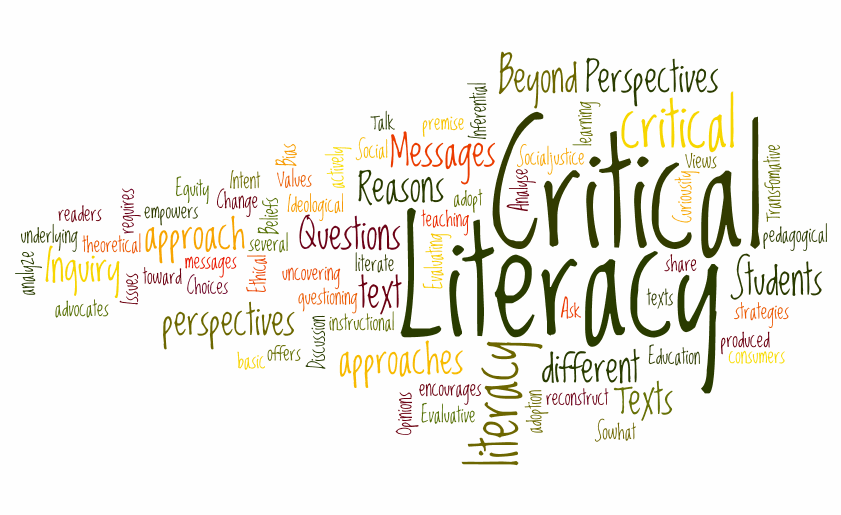Multimodality in Second Language Learning
- Kaitlynn
- Oct 31, 2018
- 2 min read
Updated: Nov 20, 2018
Teachers today have the challenge of integrating multimodality into all teaching domains. Despite research stating that many educators are reluctant to acknowledge the positive contribution of multimodal use in learning a second language, I believe second language classrooms provide an abundance of opportunities to incorporate their use.
The Ontario curriculum for French as a second language is somewhat vague and is structured in a way that gives more freedom to teachers to integrate new media and ways of learning. The four main strands in the curriculum are Listening, Reading, Speaking, and Writing. Within each strand, there are similar expectations which can be adapted to many different topics and themes in the classroom. As a result, teachers can frame their content around what their students are interested in, their strengths and their needs. This freedom then also allows for more innovation and creativity in the classroom.
The article, Teaching multimodal and digital literacy in L2 settings: New literacies, new basics, new pedagogies, discusses the benefit of incorporating multimodality into language courses. It creates a much more authentic learning experience for students, opens opportunities for using new media, and allows students to create, co-create, and have more fun with learning. Examples given in the article include using video games, creating stories using dolls, and conducting a school wide research project to compare cultures. The article also puts emphasis on play in the classroom and how more tasks can be play oriented.
I myself have several ideas on how I can incorporate multimodality in a French as a second language classroom. One way is to use games to practice vocabulary and oral communication. In the past I have used Scattergories, Bingo, dice games, activities using individual white boards, and a variety of drama warm up games. Students find these activities fun and engaging, which will also motivate students to want to speak French. Another idea is to use media outlets that the students are familiar with or new outlets to have the students explore, such as creating a profile page about themselves, or a blog to discuss a class topics. With French as well, it is very beneficial to expose students to different French speakers and communities. I would love to organize Skype pals (just like pen pals) between my class and a French first language class so that the students can learn about different communities and cultures, while practicing their French. These activities are much more authentic and allows students to be creative while enjoying learning.
Multimodality is a great way to enhance student learning in any domain, especially language courses that can be designed around student interest and needs. If you have any other examples of ways to incorporate multimodality in second language courses to create authentic and engaging tasks, please share your ideas in the comments below!
Reference:
Lotherington, H., & Jenson, J. (2011). Teaching multimodal and digital literacy in L2 settings: New literacies, new basics, new pedagogies. Annual Review of Applied Linguistics, 31, 226-246.




Comments